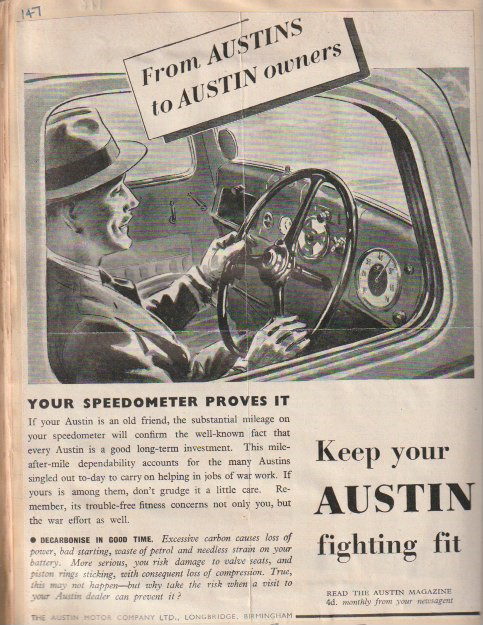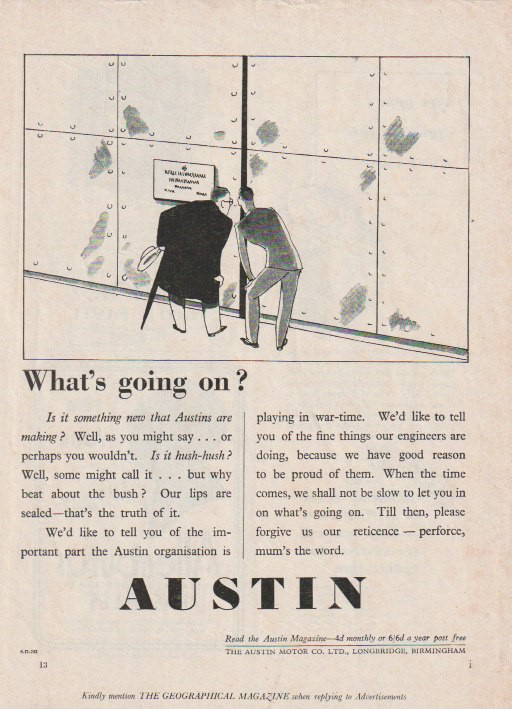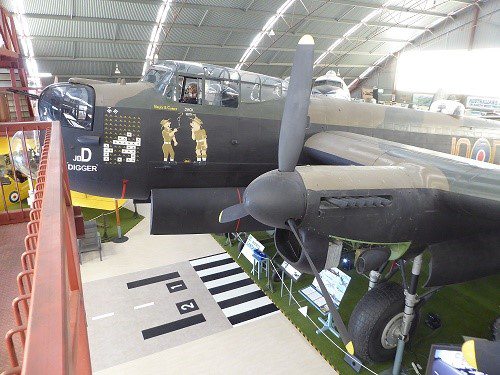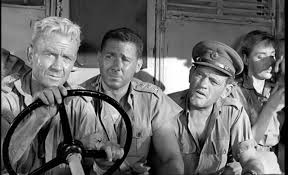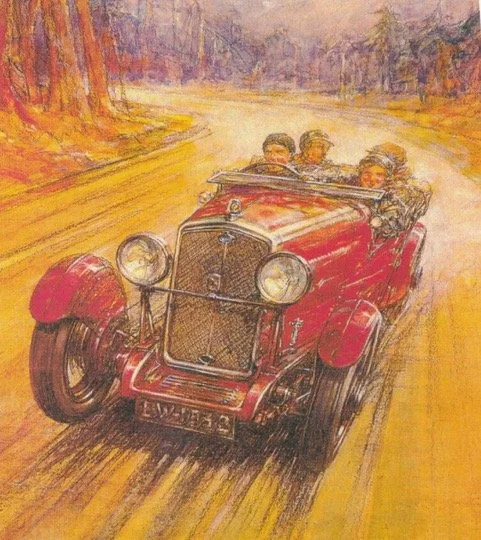Austins at war

At this time of ANZAC commemoration, our Austin Times editor, Desley Parker, with contributions from other club members, has compiled this history of Austins serving and contributing to the war effort.
By the beginning of the First World War, Austin were turning out about 1000 cars a year, but the hostilities saw Herbert Austin devote his time to reorganising the factory in support of the war effort. Trucks, ambulances, armoured cars, aeroplanes, portable generating sites, searchlights, marine engines, shells and guns were produced in Longbridge in profusion.
In 1915, Austin produced 52 RE7 aircraft and 450 RE8s for the Royal Flying Corps as well as 1500 SE5a. By war’s end 200 trucks, 480 armoured cars, 148 ambulances, 2500 aircraft engines, about 8 million shells of all sizes and 650 guns to fire them, had been manufactured.
A large order came through from the Imperial Russian Army for 2-3 ton trucks to be used as mobile work-shops, Austin 20hp cars to be rebodied into ambulances and 30hp cars converted into armoured cars. When the revolution came in 1917, the contract was cancelled by the Soviets. Fifty years later in 1967, one was used in a May Day Parade to commemorate “Fifty Years of the Soviet Union”.
A detachment of Russian soldiers with twin-turret Austin armoured cars awaits orders at Tookanoff, 1916
Herbert Austin was created a Knight of the British Empire in 1917 in recognition of his contribution to the war effort. He was also honoured with the Order of Leopold for war services to the Belgian people. It was sad that his only son was killed in France in January 1915.
“Between the first and second World Wars, the factory went back into car production. It must have been a very difficult period to decide what type of vehicle to put into production, and how to price it. To try to kickstart the market, the first model introduced was the Austin 20, which was sold at a very low price. Sales did not really take off as most people considered it too big. But then came the Austin 12 which was popular. But the real boost in production and profit came with the Austin Seven”
From austinmemories.com
By the 1930’s, Lord Austin (he was made a baronet in 1936) was involved in building a government spon-sored shadow factory, next to the existing factory to build aero engines. When war broke out in 1939, they started to build munitions, helmets, jerrycans, machine gun magazines, Beau fighter wings, fire pumps, Fairey Battle light bombers, Lancaster heavy bombers, Hurricane fighters in addition to trucks cars, ambulances and vans. The factory was only bombed once—it had been camouflaged to look like a series of houses and only three people were killed.
Lord Austin developed a chill when he attended their memorial service and died in May 1941.
Austin War products
More Austin War products
Longbridge produced 2866 aircraft all up and a further 56, 485 aero engines and engine sets.
Between 1939 and 1945, Austin produced 46,000 Eights and over 53,000 Tens mostly used in war work, with the majority of the Tens being converted to Utility Vehicles, the rest being staff cars. Even before the war ended in May 1945, Austin swung back into peace time production with the Eight, Ten and Twelve saloons with the new addition of the Sixteen— a Twelve with the new OHV 2199 cc engine.
Two of the 13,000 Austin K2 ambulances built during the war
Austin built Lancaster preserved in Perth.
The Avro Lancaster is possibly the most famous make of WW2 bomber and was built in large numbers during the war. It was classified as a heavy bomber and had four engines. Some other well-known four engine heavy bombers include the Short Stirling, Handley Page Halifax, Consolidated Liberator and the Boeing Flying Fortress. But the one which we all know of is the Lancaster due to the many roles in which Bomber Command used it, the most famous being its use as the aircraft to drop the bouncing bombs over the dams in Germany.
7,377 Lancasters were built. Six major manufacturing companies built them, including the Austin Motor Company at its Long-bridge Works. The six companies and the number of Lancasters they built are as follows, as well as the number of surviving aircraft:
Manufacturer Number Produced Number surviving
Avro 3,673 0
Armstrong Whitworth 1,329 0
Austin 330 4
Metropolitan - Vickers 1,080 2
Vickers - Armstrong 535 1
Victory (Canada) 430 10
TOTAL 7,377 17
Most of us know of the Lancaster ‘G for George’ which is preserved at the War Memorial in Canberra, but perhaps a little less well known, is that a second Lancaster is preserved in Australia at the Bull Creek Aviation Heritage Museum in Perth. And even more interesting is that this Lancaster was built by Austin at Longbridge, one of four surviving Austin built Lancasters, the other three being one in NZ at MOTAT, Auckland, one in Paris and the other in Lincolnshire, England.
The Lancaster in Perth was built by Austin Motors in Birmingham as MK.VII, one of 22 Lancasters sold in April 1952 to French Aeronoautique navale. It was used until 1962 and then donated to RAAF Association that year.
Here are two photos(below) of the Austin built Avro Lancaster at the Bull Creek Aviation Heritage Museum (WA) taken in 2016
Story and photos courtesy of John Elsol.





